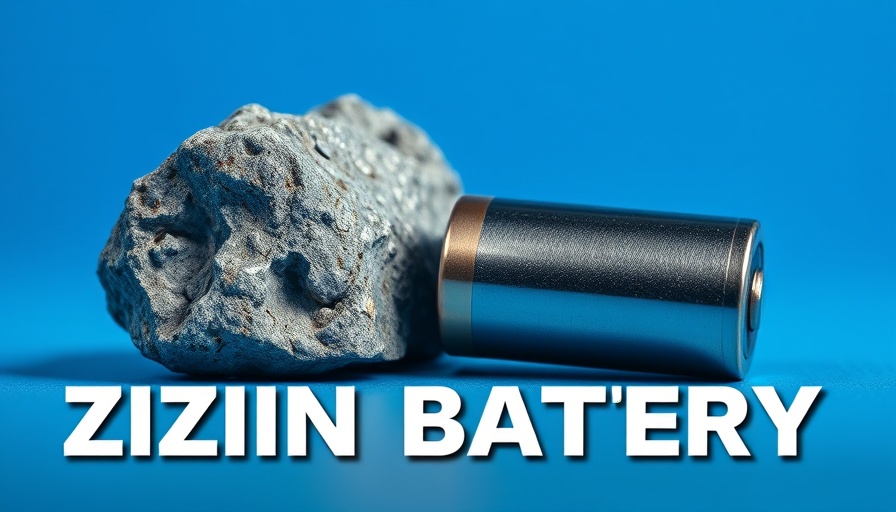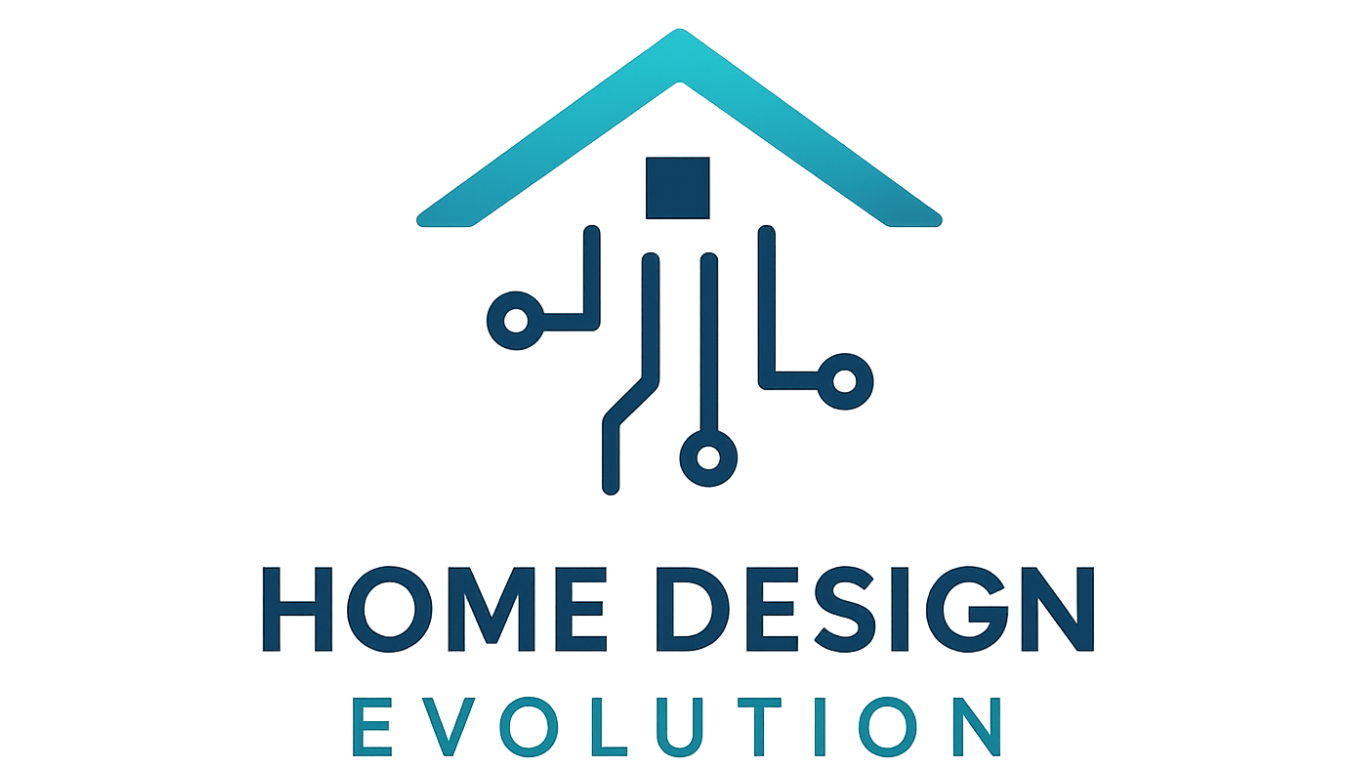
What if Fast Charging Could Actually Extend Battery Lifespan?
For years, we've heard warnings against fast-charging batteries, often portrayed as a surefire way to shorten their lifespan. The typical narrative suggests that overwhelming a battery with current could "cook" its innards, leading to irreversible damage. But what if this age-old belief is being turned on its head? In a groundbreaking study from the Georgia Institute of Technology, researchers have discovered that fast-charging zinc-ion batteries actually enhances their performance, paving the way for a significant shift in energy storage technology.
In 'The Surprising Battery Discovery No One Saw Coming', the discussion dives into the groundbreaking insights in zinc-ion battery technology, prompting a deeper exploration of how these advancements could change home energy systems.
The New Era of Zinc-Ion Batteries
Zinc-ion batteries (ZIBs) have emerged as a promising alternative to lithium-ion batteries, particularly for applications in grid storage and home energy use. Made from more abundant, non-flammable materials, these batteries offer a safer, cheaper option, especially given concerns about lithium's environmental impact. However, ZIBs have historically struggled with one glaring issue: a relatively short lifespan.
This new research shows a pathway to mitigate that flaw. By increasing the charging speed, scientists found that zinc-ion batteries not only charged faster but also healed themselves, reversing damage instead of accumulating it. Such insights could fundamentally change consumer behavior, asserting that fast-charging could be beneficial rather than detrimental.
Why Zinc-ion Is a Game Changer
Unlike their lithium counterparts, zinc-ion batteries use water-based fluids, eliminating fire risks—a critical advantage for homeowners concerned about safety. The production of zinc is also considerably more sustainable; annual output of zinc is nearly 100 times greater than lithium, with proven reserves significantly favoring zinc as well. In terms of cost, cells made from zinc and manganese oxides might average $24.40 per kWh compared to lithium's $37, making it a budget-friendly choice for the eco-conscious.
Revolutionary Findings from Georgia Tech
Utilizing ultra-bright X-rays to observe the crystal formations of zinc during charging, the Georgia Tech researchers discovered a fascinating phenomenon. While fast charging had been associated with detrimental dendrite formation in lithium batteries, the opposite proved true for zinc. By charging faster, the zinc ions formed hexagonal crystals that stacked in smooth, compact patterns rather than uneven shapes that would lead to battery damage. This discovery provides a critical advantage: better performance and longevity at higher speeds.
The Role of Cathodes
Interestingly, the cathode’s properties play an equally crucial role. Traditional manganese dioxide, while cheap and effective, suffers from structural issues during charge cycles, leading to breakdown. However, researchers at the Universities of Technology Sydney and Manchester have created a revolutionary manganese-graphene composite that uses distortions not as weaknesses but as strengths. This innovation has reportedly extended the lifespan of zinc-ion batteries to over 5,000 cycles, making them a contending choice for both residential and industrial applications.
Bringing Zinc-ion Into Homes
The commercial viability of zinc-ion technology is on the horizon, even if the rollout to larger markets remains sluggish. Companies like Salient Energy have completed pilot projects aiming to offer residential solutions, yet face challenges scaling up. Meanwhile, Enerpoly is positioning itself to meet the demands of the European market but has had its struggles with financial backing.
What This Means for You
As a homeowner, these advancements in battery technology point towards a future where energy consumption in homes is not only cheaper but also environmentally friendly. Imagine a home where you can charge your batteries faster without worrying about their safety or lifespan. These advances could empower you to make decisions that benefit both your wallet and the planet.
Conclusion: Are You Ready to Embrace the Future?
The implications of these findings are profound, influencing everything from DIY home upgrades to broader sustainability efforts. If you’re keen on staying ahead in integrating technology and sustainability, these new developments in zinc-ion batteries offer a thrilling glimpse of what might be possible. As the market evolves, early adopters will be able to enhance their living spaces with safer and more sustainable energy solutions. Are you ready to explore these innovations for your home?
 Add Row
Add Row  Add
Add 



Write A Comment